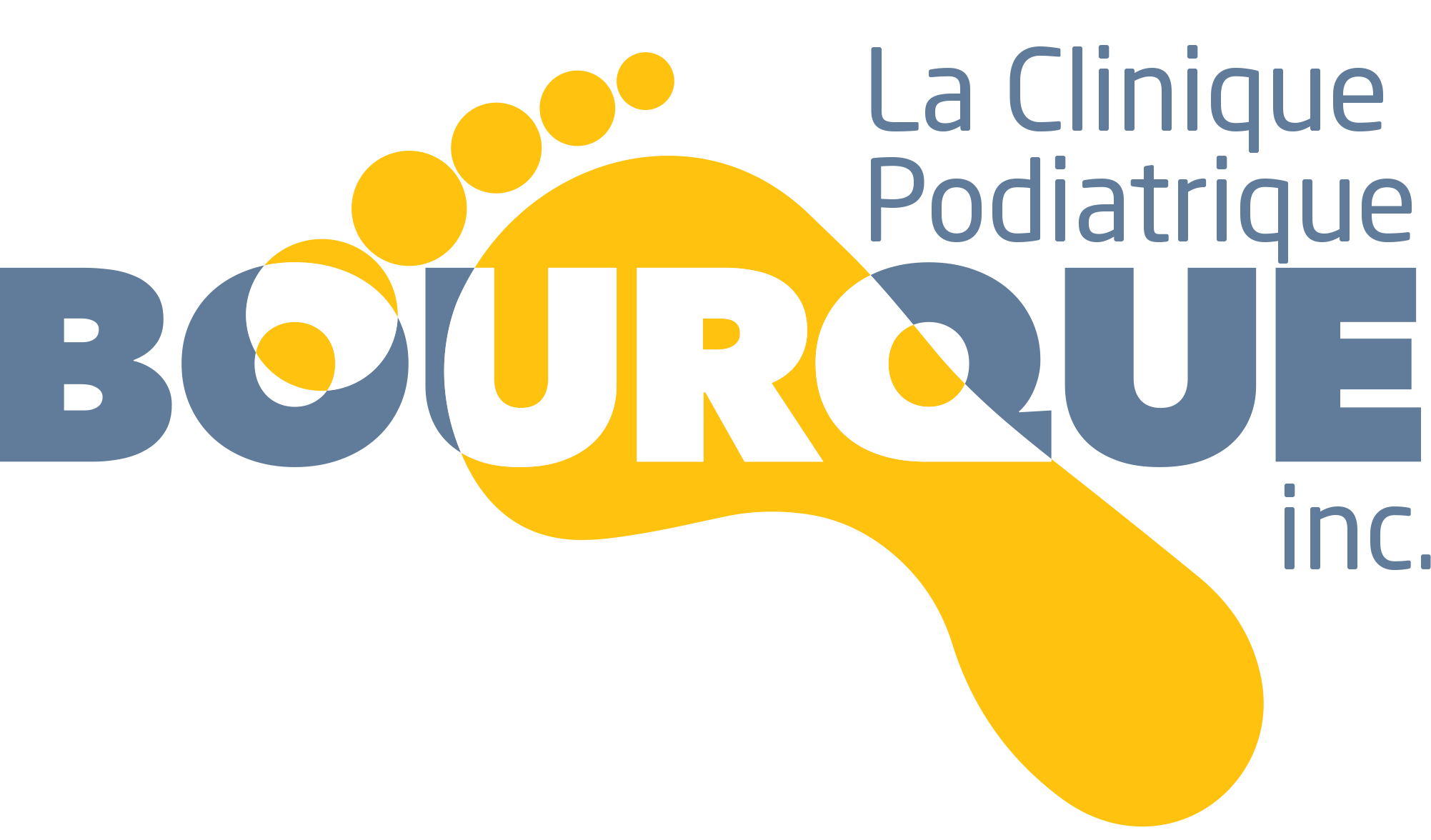INGROWN TOENAIL
COMMON PROBLEMS
INGROWN TOENAIL
An ingrown toenail occurs when the nail grows into the skin or when the skin on one or both sides of the nail grows over that same nail. This can be quite painful and possibly lead to infection of the toe and even the underlying bone in certain cases. Ingrown toenails can be a chronic and recurring issue, with repeated episodes of pain and infection. Irritation, discomfort, redness, edema (swelling) and the presence of pus are often the symptoms.
Ingrown toenails can occur for several reasons. Excessive curvature of the nail, whether congenital or not, is a common cause. Minor repeated trauma or major trauma can also play a role. This would include pressure on the toes such as when playing a sport or when an object impacts the toe. Another frequent culprit is poor nail-cutting technique, which allows skin to grow over a section of the nail. Of course, wearing shoes that are too tight will cramp the toes and aggravate the situation.
Signs of infection include redness, pain, edema and pus on the side of the nail. There is usually presence of swelling of the adjacent skin as well. Infection develops when the ingrown toenail is kept in a moist, warm and bacteria-friendly environment (when we wear socks and shoes). As the nail penetrates the skin, it creates a gateway for pathogens from the surrounding tissues. If the ingrown toenail is left untreated, the nail can dig deeper under the skin. This leads to a much more severe infection, possibly at the bone level.
THE SOLUTIONS
WHAT CAN I
DO ABOUT IT?
An ingrown toenail should be treated immediately. If there is no infection, discomfort can be temporarily relieved by doing the following:
1. Soak the foot in warm water with Epsom salt water (1 tablespoon salt in 4 litres of water)
2. Wipe the foot with a clean towel and massage the skin surrounding the nail in a downward motion
3. Apply an antiseptic solution (e.g. Polysporin) to the painful area
4. Apply a sterile bandage around the toe
5. Consult a podiatrist.
A podiatrist can safely and easily remove the wedge or spike of nail penetrating the skin. If the ingrown nail is too painful, local anaesthetic may be used during the procedure. However, even though the portion of nail has been removed, the infection itself (if present) is not cured by this method. Ingrown nails tend to reoccur, often in the same place. This is due to the width and curvature of the nail.
When an ingrown toenail is severe or has not responded to previous treatments, minor surgery may be necessary. This simple procedure involves burning the root at the corner of the nail, thus preventing regrowth. Rest is recommended after surgery, but most people are able to return to work or school right away. Avoiding sports activities for a week or so is also recommended. The procedure has a 98% success rate and offers a permanent solution to a very painful problem.
OUR SOLUTIONS
WE OFFER THESE SERVICES

Professional cleaning

Minor surgery
MAKE AN
APPOINTMENT
It’s always better to be foot safe than foot sorry! Contact the Bourque Podiatry Clinic now to have a licensed podiatrist examine your feet.
